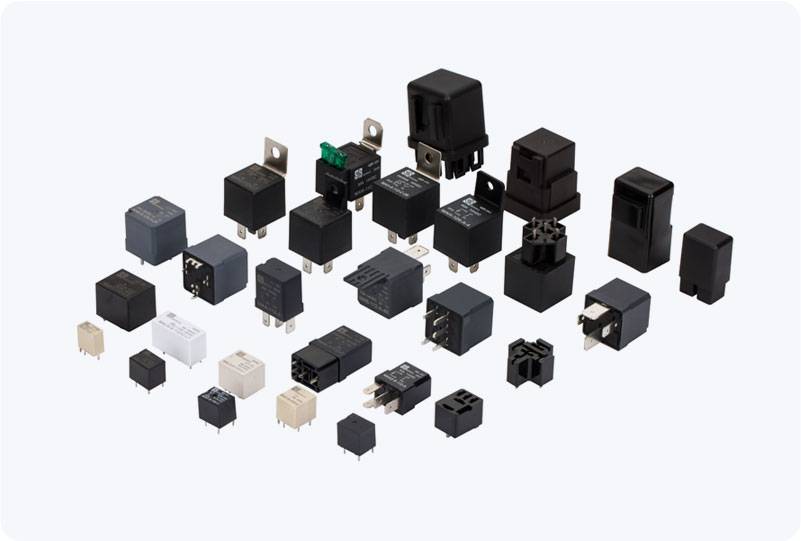igbt-based hv relay: revolutionizing high voltage switching technology
Release time:2025-05-25 03:33:44
The IGBT-Based High Voltage (HV) Relay represents a significant advancement in the field of power electronics, offering a reliable and efficient solution for high voltage switching applications. By combining the capabilities of Insulated Gate Bipolar Transistor (IGBT) technology with the functions of traditional relays, these devices are becoming increasingly popular across various industries, including power generation, electric vehicles, and renewable energy systems.

Understanding IGBT and HV Relays
To understand the significance of IGBT-based HV relays, it's essential to first comprehend the role of each component. An IGBT is a semiconductor device that combines the high-current carrying capability of a bipolar transistor with the easy-to-control switching characteristics of a metal-oxide-semiconductor field-effect transistor (MOSFET). This hybrid structure allows IGBTs to handle high voltages and currents while maintaining efficient switching characteristics, which is why they are widely used in high-power applications.
A high voltage relay, on the other hand, is designed to switch high voltage electrical circuits on and off. Traditional mechanical relays achieve this by physically moving contacts to either complete or break an electrical circuit. However, mechanical relays are limited by the wear and tear of their contacts and slower switching times. IGBT-based HV relays solve these limitations by employing solid-state technology, offering faster switching, higher durability, and improved overall performance.

